Who should read this: Anyone who wants to invest in 3D printing stock.
When thinking about the 3D printing industry, two companies inevitably soar over all others: their combined annual turnovers account for more than a third of the entire industry’s global revenues. Yet, they are two relatively small companies, compared to the IT giants, especially in comparison to what some believe to be their full long-term potential. 3D Systems and Stratasys have emerged as “consolidating” entities, after they engaged in a series of acquisitions and mergers, leading the become conglomerates of 3D printing capabilities.
In this new episode of 3D printing’s potential investments, we are going to take a look at all the publicly traded 3D printer manufacturers. Stratasys and 3D Systems are the largest among them, but they are not the only ones. Several smaller companies have gone public over the past couple of years both to capitalize on the hype and to inject more “economic fuel” into their R&D and distributive capabilities. This has not been good for late investors but, that have seen the value of some 3D printing stocks drop over 80% since their peak, but it will likely pay off in the long run as all these companies are solid and serious, based on advanced technologies with great potential.
Stratasys Takes the Lead
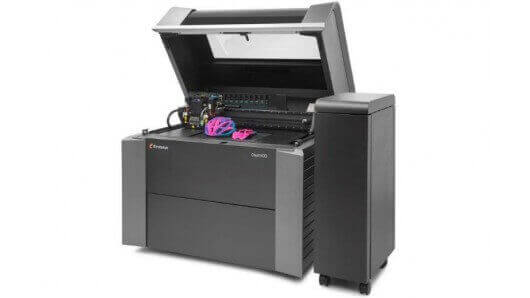
Paradoxically, one of the companies whose stock lost the most value (close to 50% over the past couple of months) was Stratasys. This happened in spite of the fact that real economic data saw the company, formed by the union of US-based Stratasys (producer of industrial FDM 3D printers: Fortus, Dimension and UPrint among others) and Israel-based Objet (producers of polyjet 3D printers) become the largest 3D printer manufacturer in the world in terms of revenues, with sales for $750 million, with a “ridiculous” 54% increment over the previous year. Yet its stock dropped from $120 to $60. One of the reason is that the company is not as profitable as investors would like. However, that is also because Davide Reis, Stratasys CEO, is working for the future and has been using Stratasys profits to acquire several strategic companies. These include SolidScape and MakerBot, producers of wax based and desktop 3D printers, along with Solid Concepts and Harvest Technologies, two very large 3D printing services which became part of Stratasys’ RedEye On Demand rapid prototyping network.
3D Systems Goes for the Mass
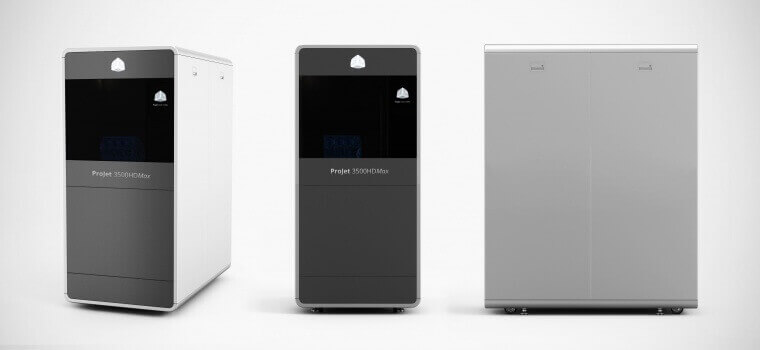
The irony is that 3D Systems, which grew by 27% and recorded it best fiscal year ever with revenues for $653 million, is not doing any better on the Nasdaq index where it is listed. From an absolute high of above $80 and a recent high of $60, 3D Systems is now down below $30 and there are those who have said it could go even lower (some also said it could go to $120, which tells you how accurate Wall Street analysts can be). Avi Reichental, the company’s CEO, said he was disappointed the company was not able to better capitalize on its technology portfolio, which includes some of the most advanced 3D printing capabilities in the industry. Along with stereolithography (SLA), which was the very first 3D printing process ever invented (by 3D Systems’ founder Chuck Hull), and the full-color, gypsum powder-based binder jetting technology (offered through the merger with Zcorp), 3D Systems makes Multimaterial Jetting high-resolution 3D printers, direct metal and plastic-based laser sintering industrial systems and a range of other low cost and filament-based desktop machines. It also offers high-end rapid prototyping services (primarily for the medical and manufacturing sector) through its Quickparts brand and has likely already set its sights on more acquisitions.
Heavy Metal Maker
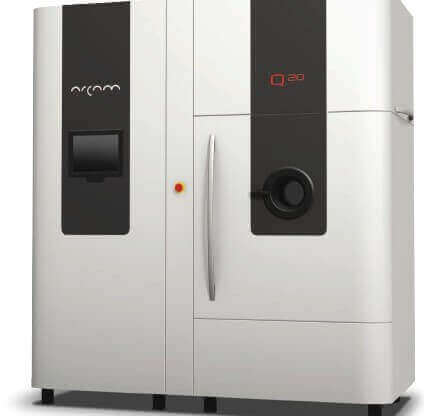
While Stratasys (through MakerBot’s acquisiton) and 3D Systems (through its Cubify brand) are already targeting consumers, all other publicly traded 3D printer manufacturers cater only to the industrial sector and are mostly focused on metal 3D printing.
Possibly the most fascinating company among them is Arcam, the Swedish based producer of EBM (electron beam melting) based systems. Its unique technology, that allows for the production of high-performance, fully dense parts, with extremely intricate geometries and faster speeds, has helped Arcam reach record revenues over the course of fiscal year 2014, with sales for the equivalent, in Swedish Krona, of about 39 million dollars. This means the company grew by 70% in just one year, with profits for over $6 million. Perhaps, though, it seemed too good to be true to the financial markets (it is listed on the Swedish Nasdaq), since Arcam’s stock has lost over 70% since its all-time peak in late 2013 and is now worth about $17.
The markets, apparently, like safe bets like Renishaw. The UK industrial machinery giant has ventured into 3D printing in late 2012 by offering on SLM (selective laser melting systems) based on a particular type of laser beam. Since then it has added a new system to its lineup. However its core business remains that of traditional high-end industrial equipment (including CNC mills). This mix of traditional and new technologies has proven particularly attractive to the investors looking for a somewhat safer bet at a time of uncertainty, without having to forgo the attraction for 3D printing’s potential.
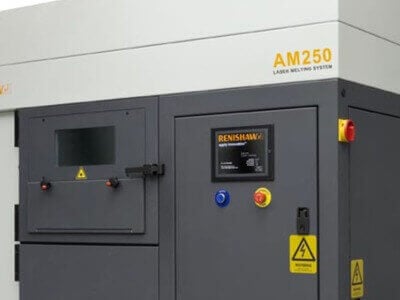
Renishaw registered revenues for £355 million, which makes it smaller than both 3D Systems and Stratasys, with slightly decreasing profits set at about £70 million. Currently the company has not disclosed revenues from its additive manufacturing business other than stating it has “experienced strong demand”. This combination of products was sufficient to see Renishaw’s stock, traded on the London stock exchange, gain close to 80% and go from a low of £1,400 in 2014 (it is not a very accessible stock for small investors) to a high of £2,600 in early 2015.
The third public metal 3D printer manufacturer, among those using laser or electron beam-based high energy processes, is Germany’s SLM Solutions, whose stocks have been traded on the German stock exchange for little over one year. The company’s performances is very similar to Arcam’s: it recorded record revenues of £33 million after growing by 56% in fiscal year 2014. At the same time, though, the company’s stock, has lost some ground from the high of €21 to today’s €18, though remaining more stable than most other 3D printing manufacturers.
Power to the Powder
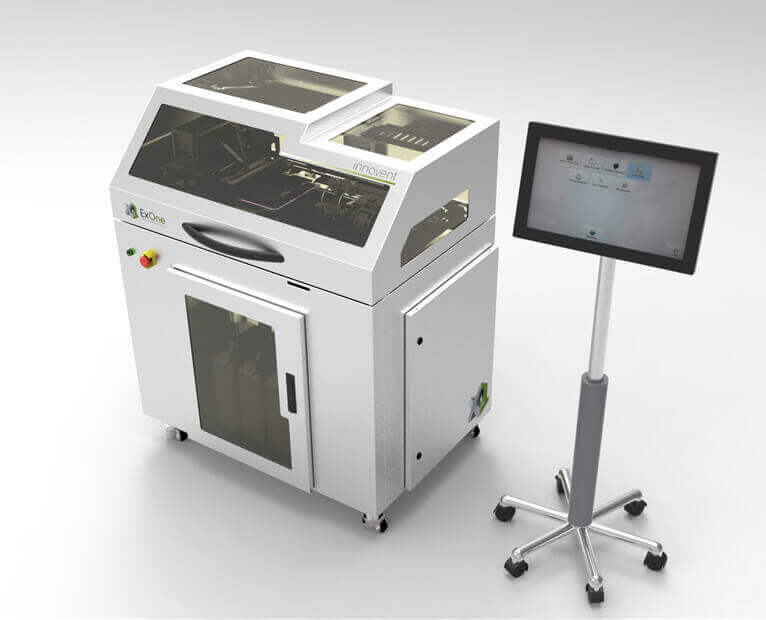
The year 2013 also saw two other companies make their high visibility IPO. Since they both were quoted on US indexes, they both captured the global public’s attention with an immediate exploit followed by a progressive downturn which saw them both lose up to 80% of their value. This happened in spite of the fact that both companies are growing and investing heavily in research on their binder jetting technologies for extremely large size objects in several materials including metals and sand.
Exone‘s 2014 revenue were approximately $43.9 million with growth at about 10%, driven by a strong fourth quarter that saw sales increase by 50%. While this led to gross profits for $10 million, ExOne recorded an operating loss of $21 million, due mostly to the investments in expansion operations and more than $8 million in R&D. After the initial excitement, however, the stock market, however, wants to see high profitability and ExOne’s stock has suffered because of its low margins on machine sales. One ExOne stock was worth $67 at its high point shortly after the IPO, and is now worth just $15 today, after a long downturn with no clear upturn currently in sight.
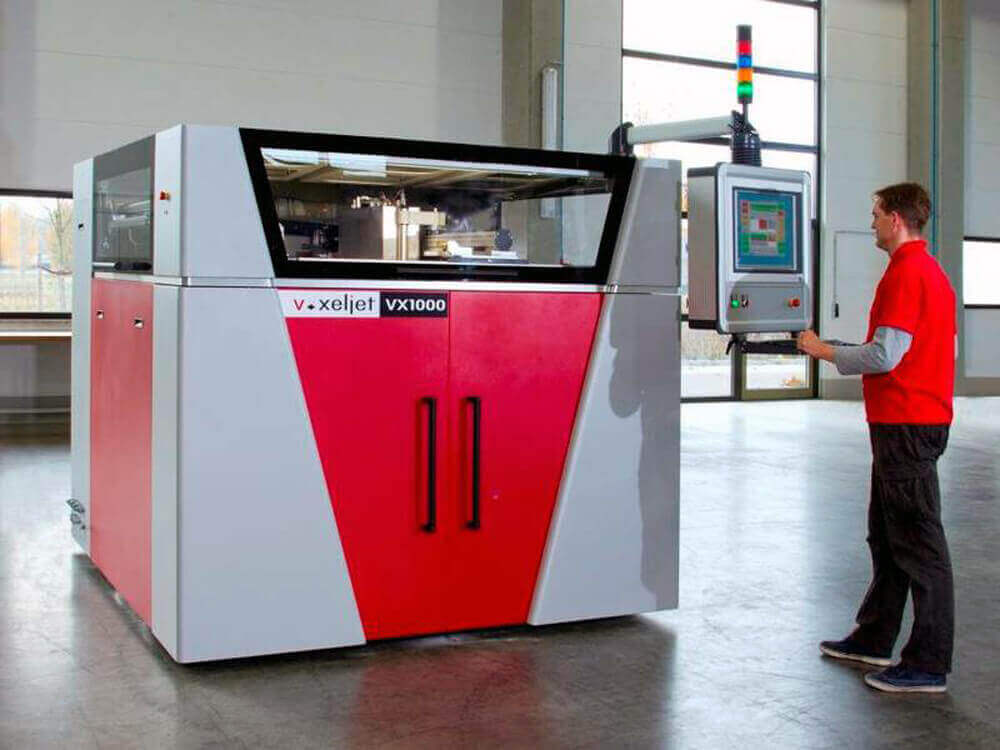
The same is true of Voxeljet. The German company has been criticized by analysts for selling too few machines and giving very favorable conditions to its own customers in order to increment orders. However, it must be considered that Voxeljet’s 3D printers are huge machines, with printing volume as large as eight cubic meters and thus cater to very specific needs. Nevertheless after full year revenues guidance (to be confirmed on March 26th) for between €16 and €17, Voxeljet stated it expects to grow by close to 50% in 2015. The market, however, is still skeptical, with the company’s stock still tanking at below $8, its lowest level since the high of $58 shortly after the 2013 IPO.
3D Printing’s Long Term Health
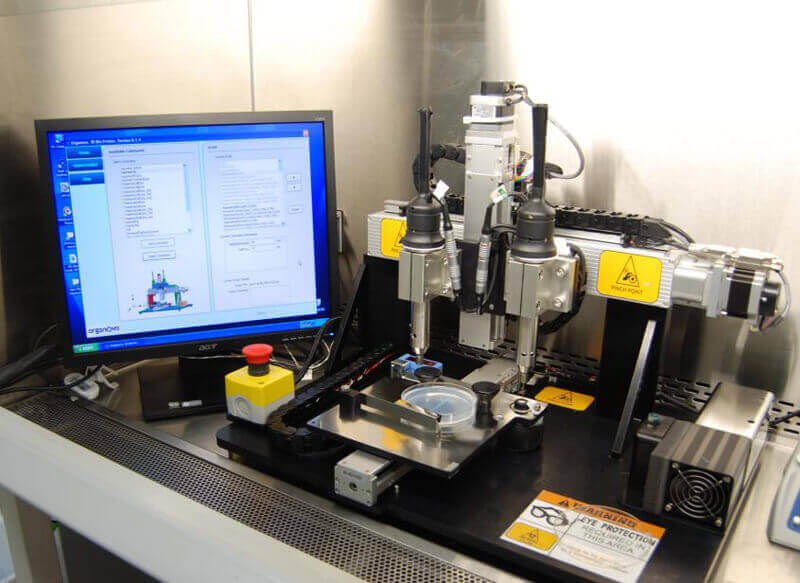
The last publicly traded compay we are going to examine is Organovo, which is currently still mostly in the research phase and has only just released its first commercial product. Organovo built its own bioprinter and uses it to develop 3D printed organic tissue to sell to large pharmaceutical companies mainly for research puroposes. This means that Organovo has not recorded a profit so far: its minimal revenues are tied to consultancy and research work and pale in comparison to the huge investments it is undertaking. However investing in Organovo is the only way for a small investor to “bet” on the future of 3D bioprinting and this enthusiasm carried the the stock value from an IPO value of $1.5 to the high of $12.50 in late 2013, only to see it then drop back down to about $4.5 (still 300% more than the initial value).
What is the true value of Organovo’s stock? What is the value of Stratasys and 3D Systems’ stock? Nobody knows, because the stock market is driven by expectations, potential and enthusiasm more than by real economic data. Because of the very nature of 3D printing in general and the amazing potential it holds to truly change the world we live in, these factors are multiplied. In my opinion, there is no better bet to make.
We continue this series – please feel free to give some feedback. If you want to stay informed, please consider adding our newsfeed.
License: The text of "How to invest in 3D printing stock (Part 3)" by All3DP is licensed under a Creative Commons Attribution 4.0 International License.